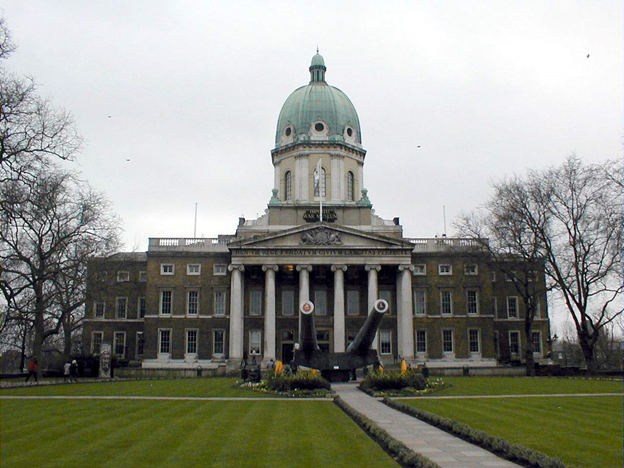#jisc 15/10
You’ll have picked up from my posts that I’ve been going to the Imperial War Museum and talking about War Memorials. Whatever for? Well JISC ran a day for people to find out about their latest capital call for proposals
(Grant 15/10: JISC infrastructure for education and research programme) and they invited anyone down to hear what the scope and goals are and anyway. This call had lots of strands; I am impressed by how many different things have to be covered (Identity management, Preservation Tools, “at risk repositories”, etc.). It’s a great place to meet the programme managers. (BTW for those people who are at the start of their career, funding body program managers are your friends. It’s easy to think they want to tear holes in your grant proposal – quite the opposite – they want great proposals that are going to make a real change in the world. And this session was there to do this – you could sit down and discuss your ideas and get constructive guidance.
It’s also a place for making contacts. So I like to talk to people I don’t know and so starting chatting to the person next to me – Frances. She was from the Imperial War Museum. I didn’t know very much about it (other than taking the kids there) and the huge naval guns:

Anyway Frances had come to see if there was anyone who could help with their management of museum metadata (one of the strands). She and her colleague Jane run the UK National Inventory of War Memorials (UKNIWM). There are probably 100,000 war memorials in the UK of which they have records for about 60,000:
War memorials are a familiar sight in the landscape of the United Kingdom. They provide insight into not only the changing face of commemoration but also military history, social history and art history.
The UK National Inventory of War Memorials is based at the Imperial War Museum and is working to compile a record of all war memorials in the UK and to promote their appreciation, use and preservation.
The UKNIWM website allows people everywhere to discover information about the individuals, places and events recorded on our war memorials. Family historians or school classes can now investigate their local memorials, adding details, perhaps even photographs, to bring them alive.
Our aim is that the story of each memorial, its building, unveiling and significance to community life will be here.
What’s impressive about UKNIWM is their volunteer community:
The UK National Inventory of War Memorials is reliant upon volunteers in its work to collect information about war memorials located in the United Kingdom. Since its foundation in 1989 thousands of people have helped to record information about war memorials in the UK.
We have recorded over 60,000 of the estimated 100,000 memorials so far, but there is still much information to be collected.
Not only do we need more help with fieldwork but we are also looking for researchers to go through their local archives and find information on the background history of war memorials.
Remote data inputting: We are currently in the process of retrieving the First World War names database from Channel 4 following our successful partnership with the Lost Generation series. The database will be accessible on the UK National Inventory of War Memorials website once we have transferred and sorted the data. If you are interested in assisting with editing the current names data and inputting further names do contact us. You can work on the project remotely from home and training is provided to help you carry out the task. You will be given a set of memorial names lists to work with and, once edited, you can return these and come back for more if you wish!
Currently most of the data input is based on paper and Frances had come to see if the JISC community had ways of using the Internet and electronic means that could be helpful. I explained the success of things like Open Street Map, (which actually has war memorials on kit!). The upshot is that we’ve talked with the Open Knowledge Foundation and have submitted a proposal for this call to create a “Semantic Toolkit”, (STK) to support the technical infrastructure. Whether or not it is funded it’s made a valuable link between the OKF and the IWM/UKNIWM which will certainly help broaden all our horizons.
Pingback: Twitter Trackbacks for Unilever Centre for Molecular Informatics, Cambridge - Don’t mention the War Memorial « petermr’s blog [cam.ac.uk] on Topsy.com